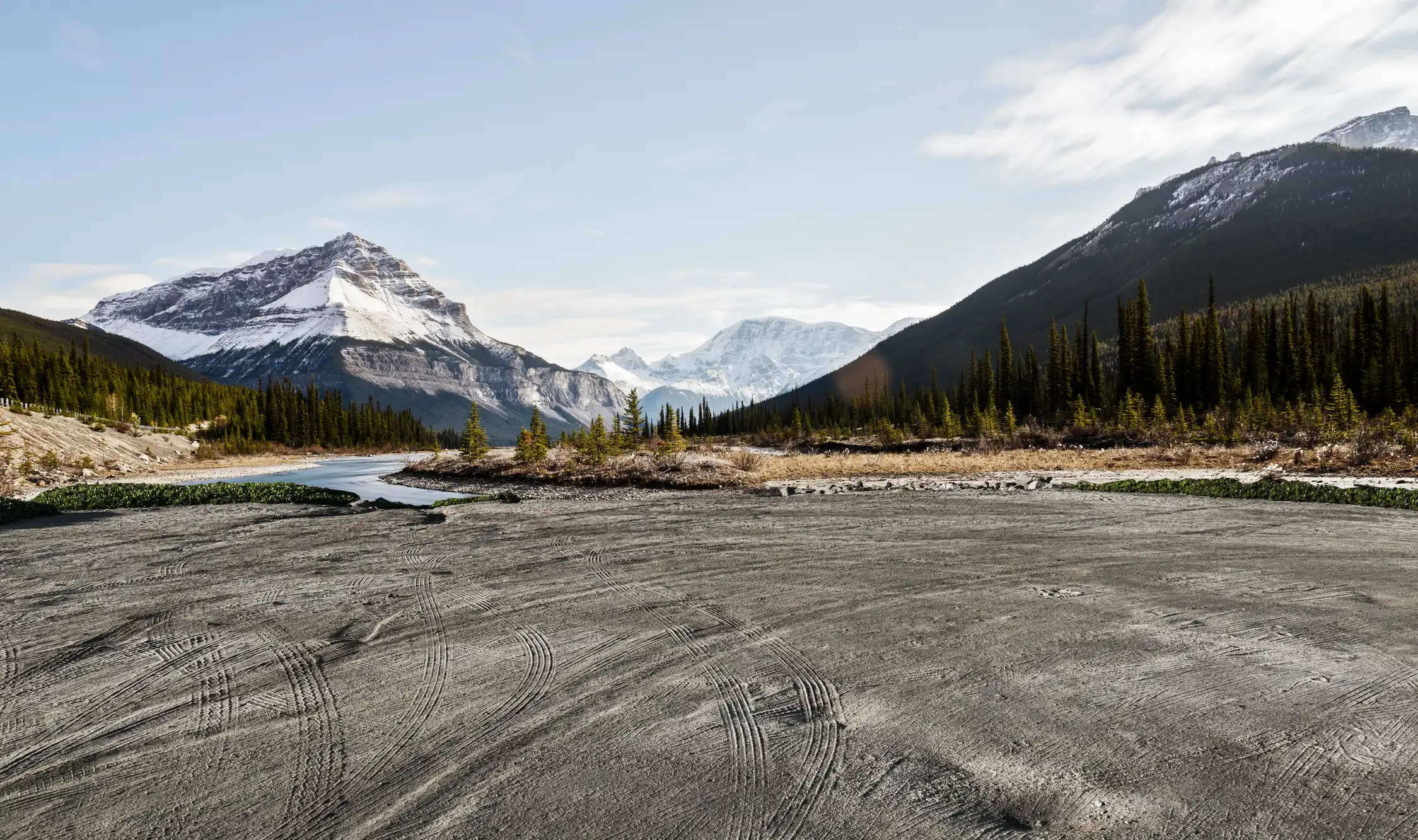Like their neighbors to the south, large swaths of the Canadian landscape are prone to substantial soil swelling and shrinking due to the clay minerals hidden in the soil.
Although expansive soil conditions generally get less attention in Canada than they do in the United States, it doesn’t mean that millions of Canadian homes and commercial structures aren’t sitting on top of a highly active building site.
With the potential to crack foundations, shift structures, and cause long-term and costly damage, structural engineers and general contractors are wise to get to know the nature of the expansive soil landscape here.
Let the following serve as an introduction to the expansive soil map of Canada and common types of soil conditions, as well as the potential costs if left unmitigated.
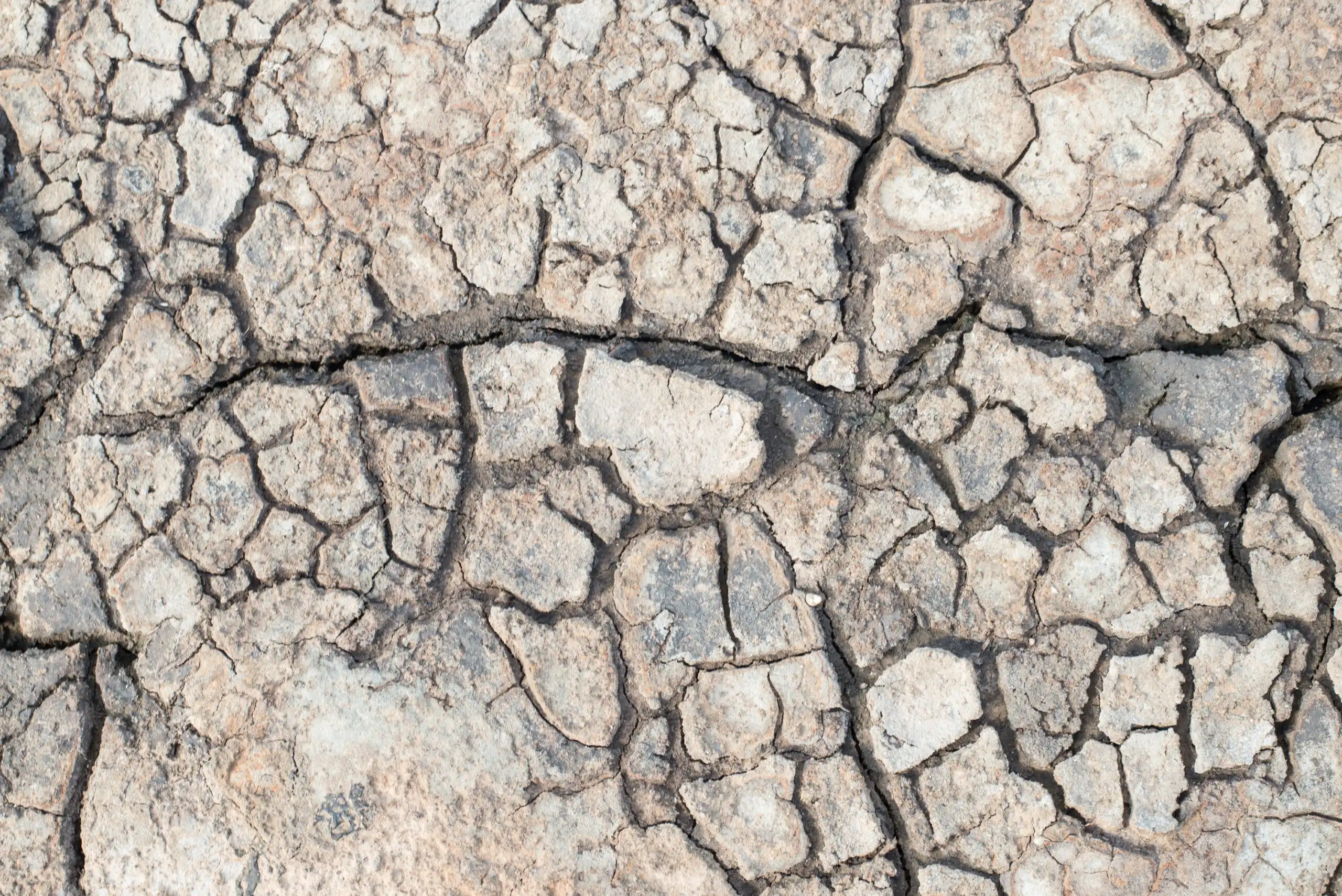

The Nature of Canada’s Expansive Soils
Expansive soils in Canada can and do undergo dramatic volume changes due to their response to moisture levels. When exposed to environmental factors such as rainfall, frost heave, and runoff, certain clay minerals contained in these soil types absorb water and swell, then contract as they dry.
Known as shrink-swell, expandable, collapsible, or active soils, these conditions pose significant challenges for structural stability. Behavior of expansive soils in western Canada, originally published in 1980, outlined the environmental, climate, and even human-made causes behind the shifting soils:
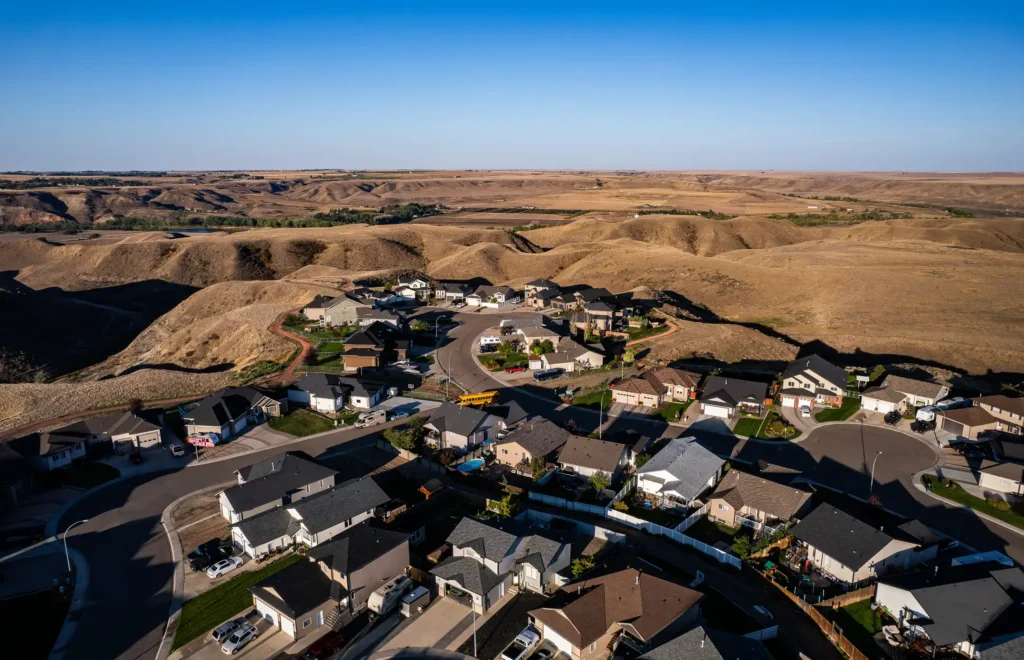
Others may be the result of relatively new man-made influences such as the introduction of non-native trees in areas that have not previously supported tree growth or the initiation of irrigation in naturally sub-humid or arid environments.
Whether the site conditions are environmental or human-caused, structures built on expansive soils require specific engineering solutions, like void spaces underneath and around concrete structures, to account for the soil’s constant movement.
The Expansive Soil Map of Canada
In Canada, the most problematic soils are found in deep lacustrine deposits from the Pleistocene Epoch (otherwise known as the Great Ice Age), particularly throughout the prairie regions, including Alberta, Manitoba, and Saskatchewan. Smaller pockets of shrinkable clays are located in areas of Ontario (St. Lawrence and Ottawa areas). There are few reports from Canada’s Western and Eastern provinces.
The most concentrated areas prone to get expansive soil diagnoses tend to be in Manitoba and Saskatchewan, especially:
- Assiniboine River Valley (MB, SK)
- Lake Agassiz (MB)
- Red River Valley (MB)
- City of Winnipeg (MB)
- Regina (SK)
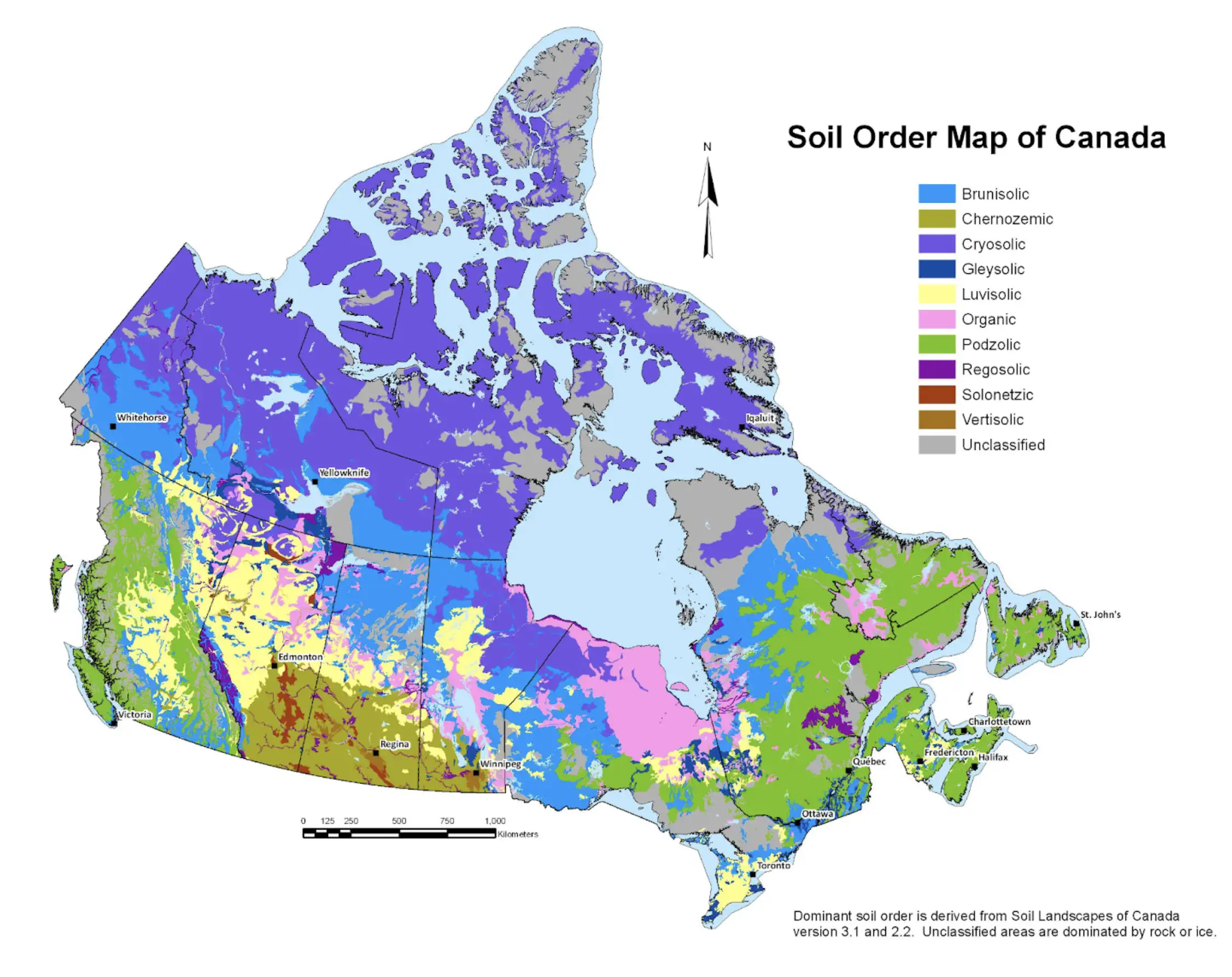
Image credit: Malouin, Christian & Doyle, Marlene & Liss, Kate. (2013). Toward an Ecosystem Potential Index for Canada (EPIC): A Boreal Case Study.
Common Types of Expansive Soil in Canada
Unlike south of the border, there are no country-wide soil assessments and mapping in Canada that can compare to the U.S. Department of Agriculture’s National Cooperative Soil Survey data.
However, outside of the northern tundra regions, “much is known about the distribution and expansive potential of the surficial soils over much of the country,” at least according to Expansive Soils in North America (Sols Expansifs en Nord Amerique) by Warren K. Wray.
What types of clay minerals prone to this shrink-swell behavior make up the Canadian landscape? Although a comprehensive guide to the many types of expansive clays would require a full-length encyclopedia, here we can highlight a few of the most notable soil types:
Lacustrine Clay
Large deposits of glacio-lacustrine silt and clay exist across Central and Western Canada. As glaciers advanced and retreated, they left behind these unique lacustrine sediments, which are typically very fine and layered, containing a high degree of clay minerals like montmorillonite.
Due to the high degree of montmorillonite mineralogy contained inside these glacial deposits, these regions also exhibit a high degree of expansive activity. Interestingly, they tend to have drier initial moisture content than other clay types.
Montmorillonite Clay
Montmorillonite has a special 2:1 structure, meaning each layer is made of two silica (tetrahedral) sheets with one central layer (octahedral) in between. Its water content is variable, but it can expand to several times its original volume when exposed to wet conditions. This expansive capacity can create significant pressures underneath buildings, slabs, roadways, pipelines, and other stable structures.
Regina Clay
There are always additional geological layers to dig through, including many regional soils to note. One of the most studied is a montmorillonite-rich clay called Regina clay that’s concentrated mostly around its namesake city, Regina, Saskatchewan.
According to The Unified Soil Classification System, this subtype displays a plasticity due to a mix of smectite and illite clay minerals. Regina clay swells considerably when wet and shrinks upon drying, which requires careful consideration in construction projects to prevent potential structural damage.
Shrinkable Clays
Notably, a large swath of central Canada, specifically the Ottawa and St. Lawrence regions, exists on top of shrinkable clays. These are technically a separate class of active soils that contain little or no expanding clay minerals.
Instead, they come from marine or brackish water origins and have very high natural water content, meaning they can shrink up to 50 percent below sedimentation conditions.
The Cost of Expansive Soil Damage to Canadians
It’s safe to say that millions of Canadians live in communities built on top of highly expansive soils. Yet, unlike in the United States, where structures face similar risks, there are few, if any, statistics on how these conditions cause ongoing structural damage.
Almost 50 years ago, in “Foundations on Swelling or Shrinking Subsoils,” author J.J. Hamilton estimated that “[in] the prairie Provinces alone a million or more Canadians live in communities built on subsoils of very high potential expansion. In eastern and coastal regions even larger populations are situated on clays of high shrinkage potential.”
Given the cost of damage elsewhere, it’s safe to assume expansive soils cost Canadians billions of dollars annually.
With no recent calculations on the costs of expansive soil-caused structural damage, we’ll need to draw conclusions from other countries about the possible scale of Canadian expansive soil costs.
- In the US, The American Society of Civil Engineers estimates that expansive soils cause approximately $15 billion in damage annually to buildings and infrastructure, which is more damage than from earthquakes, floods, hurricanes, and tornadoes combined.
- In the United Kingdom, statistics show that insurance claims for shrink-swell damage can cost up to £0.5 billion in a single year.
Given the cost of damage elsewhere, it’s safe to assume expansive soils cost Canadians billions of dollars annually.
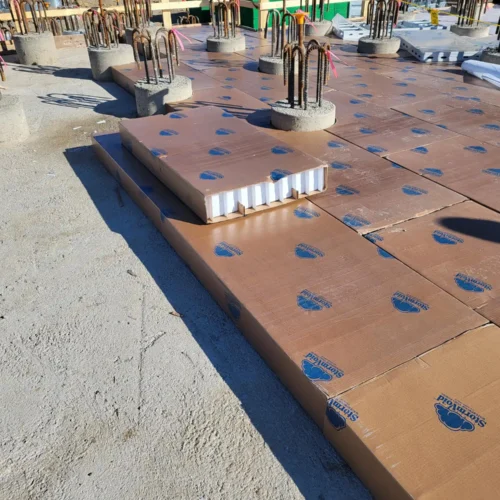
A Trusted Strategy to Prevent Expansive Soil Damage in Canada
Expansive soils are a hidden but costly threat, causing billions of dollars in damage worldwide due to their destructive shrink-swell behavior. For Canadians building on or around expansive soil sites, investing in proven mitigation strategies is essential to safeguard structures against long-term damage.
VoidForm offers proven, reliable solutions designed specifically to handle the challenges posed by Canada’s expansive soils and harsh environment. By creating void spaces beneath concrete foundations, VoidForm systems allow for soil movement without risking structural integrity, providing a buffer against the extreme pressures of swelling soils.
Protect your next project. Learn more about VoidForm’s diverse product lines.
References
- Encyclopædia Britannica, inc. (2024). Montmorillonite. Encyclopædia Britannica. https://www.britannica.com/science/montmorillonite
- Hamilton, J. J. (1980, June 16). Behavior of expansive soils in western Canada. NRC Publications Archive Archives des publications du CNRC. https://nrc-publications.canada.ca/fra/voir/td/?id=677c43ce-5df0-457c-a850-0582ace92e42
- Ito, M., & Azam, S. (2009). Swell-shrink-consolidation behaviour of expansive Regina … Swell-shrink-consolidation behaviour of expansive Regina clay. https://members.cgs.ca/documents/conference2009/GeoHalifax09/pdfs/117.pdf
- Lees, A. (2021, September 21). What are expansive clay soils? https://www.tensar.co.uk/resources/articles/what-are-expansive-clay-soils
- Malouin, C., Doyle, M., & Liss, K. (2013). Toward an ecosystem potential index for Canada (EPIC): A Boreal … Research Gate. https://www.researchgate.net/publication/260508686_Toward_an_Ecosystem_Potential_Index_for_Canada_EPIC_A_Boreal_Case_Study
- NORA. (2024). Expansive soils – NERC open research archive. Expansive soils. https://nora.nerc.ac.uk/id/eprint/521301/1/EncyclopediaEngGeol_ExpansiveSoils_PostReview.pdf
- Wray, W. K. (1994). Issmge. Expansive Soil in North America (Sols Expansifs en Nord Amerique). https://www.issmge.org/uploads/publications/1/32/1994_05_0033.pdf

